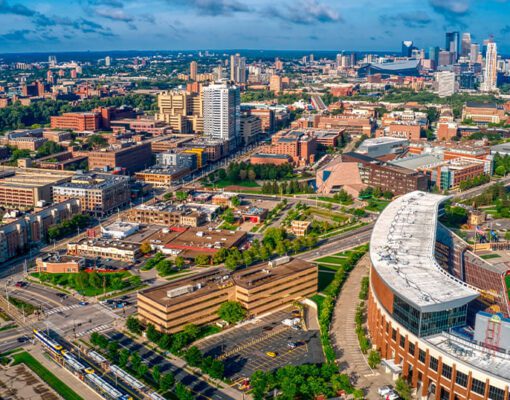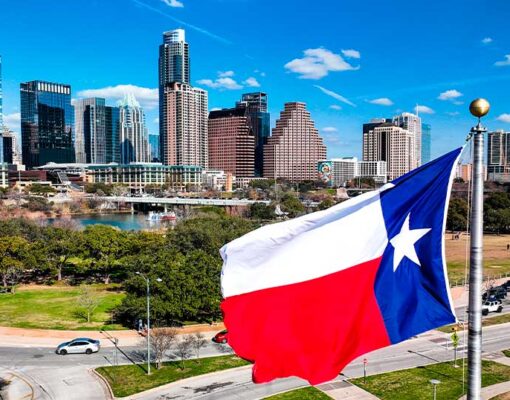
Moving From St. Cloud To Minneapolis: 5 Things To Know
June 17, 2025
Relocating from St. Cloud to Minneapolis is more than just a change in address. It’s an exciting opportunity to embrace a more dynamic urban lifestyle. While St. Cloud provides a genuine community feel with natural surroundings, Minneapolis presents expanded horizons with its vibrant metropolitan energy with greater professional and recreational opportunities.
Key Benefits of Moving to Minneapolis
Here’s why many St. Cloud residents are choosing the Twin Cities:
- Career Opportunities: Minneapolis is home to multiple Fortune 500 companies in tech, healthcare, and manufacturing.
- Cultural Richness: Enjoy pro sports teams, live music venues, museums, and diverse dining scenes.
- Access to Nature: Despite its urban core, Minneapolis features a renowned park system including the Mississippi Riverfront and Minnehaha Falls.
- Improved Transit: Though commutes are slightly longer, public transportation is far more robust.
- Urban Energy: The city thrives with a faster pace, offering a wide variety of experiences in proximity.
- Housing: Minneapolis housing is approximately 57% more expensive than St. Cloud, but many find the cost worthwhile for the quality of life upgrade.
Choosing the Right Minneapolis Neighborhood
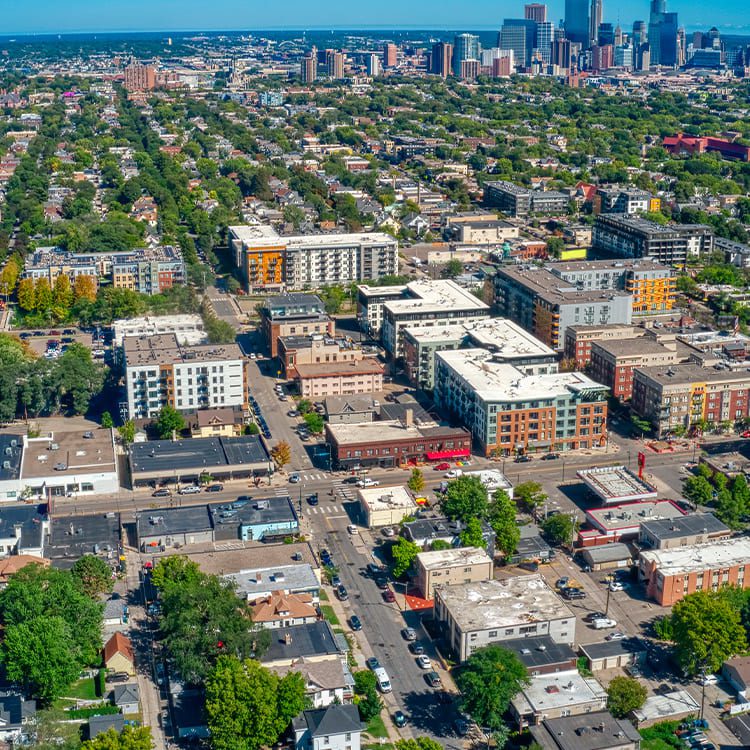
Minneapolis offers an eclectic mix of neighborhoods, each with its own character. Whether you’re after lively nightlife, green spaces, or family-friendly areas, there’s something for everyone.
Factors to Consider Before Choosing
- Commute Preferences: Public transit is efficient, and remote work is more common here (15.8% work from home vs. St. Cloud’s 5%).
- Lifestyle: Love the arts? Prefer quiet evenings? Your choice of neighborhood should reflect your hobbies and values.
- Budget: Housing costs vary greatly, so balance your priorities with affordability.
Minneapolis Neighborhood Highlights
When moving from St. Cloud to Minneapolis, choosing the right neighborhood can make all the difference in how well you adjust and thrive in your new city. Minneapolis is home to a wide range of communities, each with its own pace, culture, and conveniences. Whether you’re looking for historic charm, access to green spaces, or a lively nightlife scene, there’s a neighborhood tailored to your needs and lifestyle goals. The table below provides a snapshot of popular Minneapolis neighborhoods to help guide your exploration.
| Neighborhood | Vibe | Ideal For | Notable Features |
| Downtown East | Affluent, scenic | Professionals, couples | Mill District views, parks, upscale living |
| North Loop | Trendy, urban | Young professionals | Nightlife, farmer’s markets, modern lofts |
| Uptown | Vibrant, youthful | Students, creatives | Chain of Lakes, boutique shopping, dining |
| Northeast Mpls | Artistic, eclectic | Artists, young families | Breweries, galleries, affordability |
| Longfellow | Historic, outdoorsy | Nature lovers, families | Trails, historic homes, literary charm |
| Prospect Park | Convenient, historic | Students, academics | Proximity to UMN, local stores, easy transit |
Take time to visit different neighborhoods before making your decision. Many former St. Cloud residents find that spending a weekend exploring various areas helps them identify where they feel most at home in Minneapolis’s diverse urban landscape.
Adjusting to Urban Life in Minneapolis
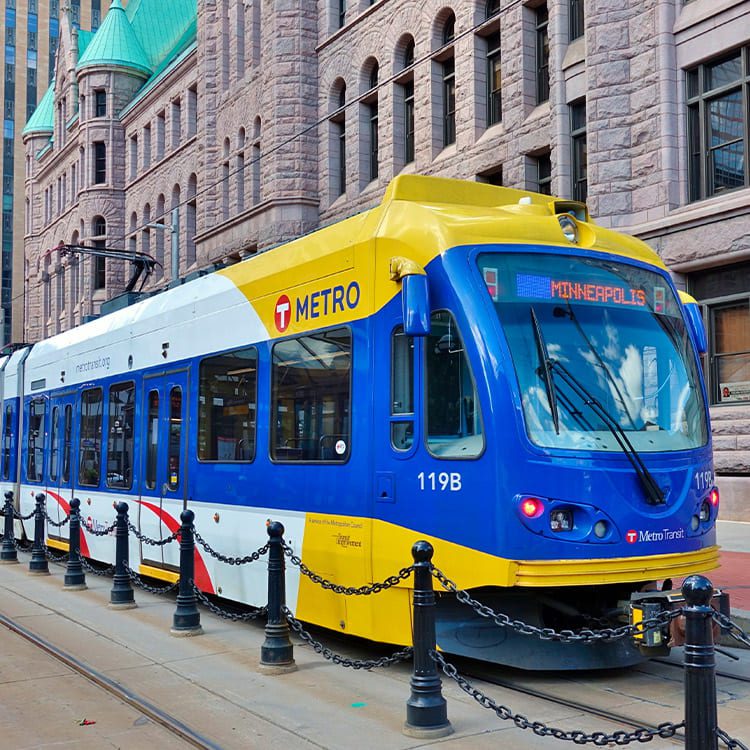
Transitioning from a smaller town like St. Cloud to the Twin Cities might feel overwhelming at first, but the key is to explore the city at your own pace.
Embrace the Amenities
Minneapolis offers experiences on a whole different scale:
- Food Scene: Nicknamed “The Silicon Valley of Food” for its world-class restaurants and breweries.
- Cultural Institutions: Home to top-tier museums, concert halls, and theaters.
- Outdoor Recreation: Boasts 22 lakes, the Chain of Lakes, and scenic sites like Minnehaha Falls.
Managing the Housing Transition
Relocating from St. Cloud to Minneapolis means preparing for a more complex housing landscape. While St. Cloud offers a relatively straightforward rental process and lower living costs, Minneapolis requires a bit more strategy due to higher rent prices and a faster-moving market. That said, Minneapolis also offers valuable upsides, more housing variety and better access to modern amenities. Planning ahead can make a big difference especially when it comes to logistics like temporary storage or move-in permits. The key aspects of the housing transition to help you navigate the change with confidence, are compared:
| Aspect | St. Cloud | Minneapolis |
| Average Rent | Lower | 57.1% Higher [Cost of Living] |
| Rental Market | Less Competitive | Fast-paced, limited inventory |
| Moving Logistics | Simple | May require permits, storage |
| Housing Variety | More uniform | Greater choice: historic homes, lofts, apartments |
| Modern Amenities | Basic | More smart homes, eco-friendly buildings, new developments |
Use climate-controlled storage from providers like Piepho Moving & Storage to ease your transition before settling at a permanent address.
Building a Social Life

Adjusting to a new city is about finding the right neighborhood, navigating the rental market, and building meaningful connections. While moving from a close-knit community like St. Cloud might feel overwhelming at first, Minneapolis offers plenty of opportunities to grow your social circle. From hobby clubs to volunteer organizations, the city encourages connection through shared interests and community involvement. Below are some simple but effective ways to jump-start your social life and start feeling at home in Minneapolis.
Ways to Build Connections in Minneapolis
- Join Local Groups: Sign up for neighborhood associations, community centers, or hobby clubs like book clubs, running groups, and trivia nights at local bars.
- Volunteer Your Time: Minneapolis has a strong culture of civic engagement. Volunteer at local nonprofits, animal shelters, food banks, or neighborhood clean-ups—great places to meet others with shared values.
- Attend Community Events:
Look out for seasonal events like the Uptown Art Fair, Open Streets Minneapolis, Lake Harriet music concerts, and Northeast Night Market. These events attract locals from all walks of life and create natural mingling opportunities. - Explore Local Classes: Take a cooking, art, yoga, or dance class through Minneapolis Community Education or local studios. It’s an easy, low-pressure way to meet people regularly.
- Join a Recreational Sports League: The Minneapolis Park and Recreation Board hosts adult sports leagues, from soccer and kickball to volleyball and pickleball. It’s a great way to bond through teamwork.
- Use Meetup or Eventbrite: Browse platforms like Meetup.com or Eventbrite.com for social events based on your interests, like hiking meetups, coding groups, photography walks, or language exchanges.
- Frequent Local Cafés or Breweries: Places like Spyhouse Coffee or Bauhaus Brew Labs often host game nights, trivia, or pop-up art shows where casual conversation flows.
- Visit Museums and Cultural Spaces: The Minneapolis Institute of Art, Walker Art Center, and Guthrie Theater often hold after-hours mixers, tours, and social gatherings.
- Check Out Church or Spiritual Communities: If faith is important to you, many churches and spiritual groups in Minneapolis host potlucks, study groups, or service projects.
- Say Hello First: The “Minnesota Nice” culture means people are often friendly but reserved. Don’t be afraid to strike up a conversation at the gym, grocery store, or even at the dog park.
Commuting in Minneapolis: What to Expect
A new city means new commuting rhythms. While commutes may be slightly longer, Minneapolis offers excellent alternatives to driving. Minneapolis residents experience an average commute about 5.5 minutes longer than St. Cloud residents:
Average Commute Times
| City | Average Commute |
| St. Cloud | 17.4 minutes |
| Minneapolis | 23 minutes |
That’s only 5.5 minutes longer, but you gain access to robust transit and biking options.
Your Minneapolis Transit Toolkit
Getting around Minneapolis is easier than you might think. Whether you’re biking, riding light rail, or navigating downtown on foot, the city offers a variety of transportation options designed for convenience and all-season comfort.
- Metro Transit: Buses and light rail lines connect downtown to the suburbs, airport, and universities.
- Buy a Go-To Card for discounted rides and easy transfers.
- Light Rail Highlights:
- Blue Line: Airport, Mall of America
- Green Line: University of Minnesota, St. Paul
- Bike Lanes: Over 218 miles of on/off-street bike routes make cycling a year-round option. Minneapolis ranks among the most bike-friendly cities in the U.S. but don’t forget your helmet!
- Skyway System: 9.5 miles of indoor walkways link downtown buildings, perfect for winter and your own fitness!
Useful Apps for Commuting
Smartphone apps can make daily travel in Minneapolis smoother and more predictable. From real-time transit updates to finding parking or checking winter road conditions, these tools keep you connected on the go.
| App | Function |
| Metro Transit App | Real-time tracking of buses/trains |
| Transit App | Multi-modal trip planning |
| SpotHero / ParkMobile | Reserve parking spaces at discounts |
| MinnesotaGO | Winter road condition updates |
Start Your Minneapolis Journey Right
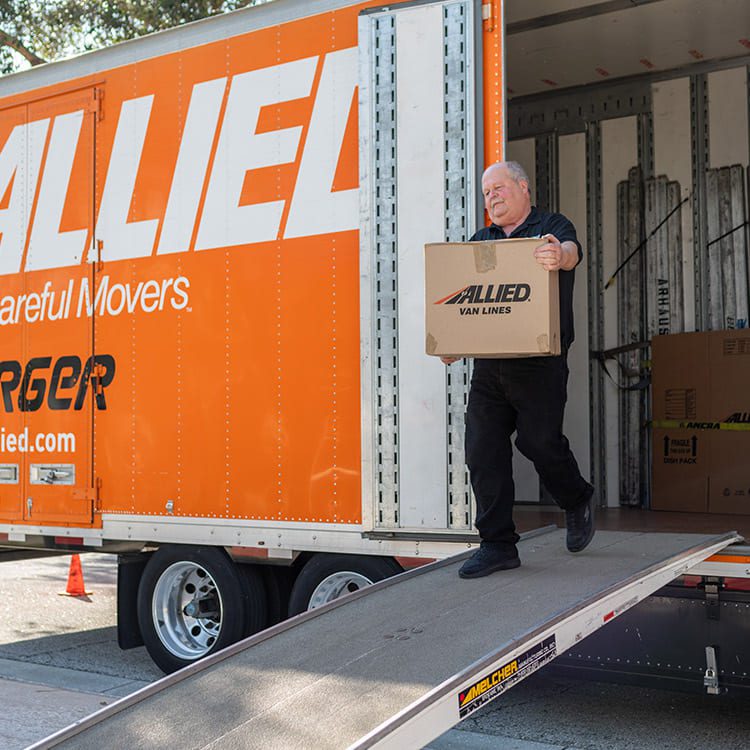
Whether you’re relocating for career growth, education, or simply a taste of big-city life, Minneapolis has something to offer everyone. From rich culture and beautiful parks to diverse neighborhoods and top-tier transit, this city welcomes newcomers with open arms. Let Piepho Moving & Storage make your transition from St. Cloud smooth and stress-free. Our professional movers understand the unique logistics of urban relocations, from elevators to fragile items, and our storage solutions help simplify the process. Visit Piepho Moving & Storage for a free quote and start your Minneapolis adventure.



